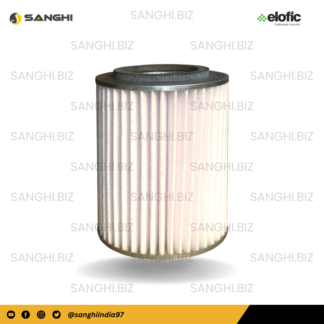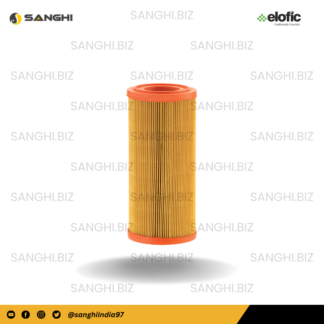A Comprehensive Maintenance Checklist for Every Car Owner
Owning a car is an investment that pays off with convenience, mobility, and freedom. However, to ensure that your vehicle remains reliable, safe, and performs optimally, regular maintenance is essential. By following a comprehensive maintenance checklist, you can stay on top of your car’s health and prevent potential issues from turning into costly repairs. In this blog, we’ll provide you with a detailed maintenance checklist to help you keep your car in excellent condition.
1. Regular Oil Changes
Engine oil is the lifeblood of your vehicle. It lubricates the engine’s moving parts and helps regulate its temperature. Follow the manufacturer’s recommended oil change intervals based on mileage and driving conditions.
2. Check and Change Filters
Regularly inspect and replace the engine air filter, cabin air filter, and fuel filter as needed. Clean filters ensure proper air circulation, fuel efficiency, and protect your engine from contaminants.
3. Inspect and Maintain Tires
Check tire pressure regularly and ensure they’re properly inflated according to the manufacturer’s recommendations. Rotate your tires regularly to promote even wear and replace them when tread depth becomes too low.
4. Brake System Maintenance
Keep an eye out for signs of brake wear, including squeaking or grinding noises, vibrations, or a soft brake pedal. Regularly inspect brake fluid levels and have your brakes professionally serviced when necessary.
5. Fluid Levels
Check and top up essential fluids such as coolant, transmission fluid, power steering fluid, and windshield washer fluid. Proper fluid levels are crucial for various vehicle systems to function correctly.
6. Battery Health
Inspect your car battery for corrosion and ensure the connections are secure. Most batteries have a lifespan of 3-5 years, so consider replacement if your battery is approaching this age.
7. Lights and Signals
Regularly check all exterior and interior lights, including headlights, taillights, brake lights, turn signals, and dashboard indicators. Replace any burnt-out bulbs promptly.
8. Belts and Hoses
Inspect belts and hoses for signs of wear, cracks, or fraying. These components are vital for the proper functioning of your vehicle’s systems, such as the cooling system and power steering.
9. Cooling System Maintenance
Check coolant levels and inspect the radiator for leaks or damage. Regularly flushing and replacing the coolant helps prevent overheating and corrosion.
10. Exhaust System
Regularly inspect the exhaust system for rust, leaks, or unusual noises. A healthy exhaust system helps maintain optimal fuel efficiency and reduces harmful emissions.
11. Wipers and Windshield
Replace windshield wipers that streak or skip, as they can compromise visibility during rain or snow. Keep your windshield clean inside and out for clear visibility.
12. Suspension and Alignment
Have your suspension and alignment checked periodically to ensure a smooth ride, proper tire wear, and responsive handling.
13. Timing Belt or Chain Replacement
If your vehicle has a timing belt, follow the manufacturer’s recommended replacement interval. Failure to replace it on time can result in engine damage.
14. Spark Plugs and Ignition System
Inspect and replace spark plugs as recommended by your vehicle’s manual. A well-maintained ignition system contributes to efficient fuel combustion.
15. Scheduled Maintenance
Follow your car’s recommended scheduled maintenance outlined in the owner’s manual. This includes tasks like inspections, fluid changes, and component replacements.
16. Professional Inspections
Regularly schedule professional inspections, even if your car seems to be running fine. Trained mechanics can identify potential issues early on and provide expert advice.
Conclusion
A comprehensive maintenance checklist is your roadmap to preserving the longevity, safety, and performance of your vehicle. By staying proactive and adhering to regular maintenance routines, you not only save money on potential repairs but also ensure a smoother and safer driving experience. Remember that every vehicle is unique, so always consult your owner’s manual and seek professional assistance when needed. With proper care, your car will serve you well for years to come.

